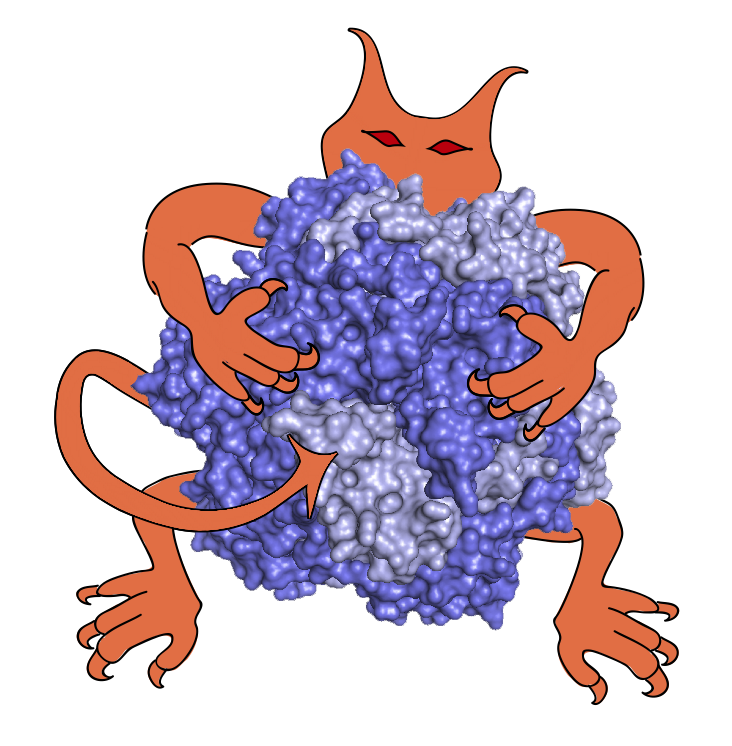25 topology = ff.create_topology(prot)
30 topology.apply_default_patches()
35 topology.add_atom_types(prot)
40 topology.add_missing_atoms(prot)
43 topology.add_coordinates(prot)
52 bonds = topology.add_bonds(prot)
53 angles = ff.create_angles(bonds)
54 dihedrals = ff.create_dihedrals(bonds)
55 impropers = topology.add_impropers(prot)
99 ff.add_lennard_jones_types(prot)
102 atoms = IMP.atom.get_by_type(prot, IMP.atom.ATOM_TYPE)
116 pair_filter.set_bonds(bonds)
117 pair_filter.set_angles(angles)
118 pair_filter.set_dihedrals(dihedrals)
119 nbl.add_pair_filter(pair_filter)
131 print(score_func.evaluate(
False))
Applies a SingletonScore to each Singleton in a list.
Select non water and non hydrogen atoms.
CHARMMParameters * get_heavy_atom_CHARMM_parameters()
Score the angle based on a UnaryFunction,.
void remove_charmm_untyped_atoms(Hierarchy hierarchy)
Remove any atom from the Hierarchy that does not have a CHARMM type.
Strings setup_from_argv(const Strings &argv, std::string description, std::string positional_description, int num_positional)
Various classes to hold sets of particles.
std::string get_example_path(std::string file_name)
Return the full path to one of this module's example files.
Create a scoring function on a list of restraints.
Return all close unordered pairs of particles taken from the SingletonContainer.
void read_pdb(TextInput input, int model, Hierarchy h)
Class for storing model, its restraints, constraints, and particles.
Store a list of ParticleIndexes.
Lennard-Jones score between a pair of particles.
Score the improper dihedral based on a UnaryFunction,.
Score the bond based on a UnaryFunction,.
A filter that excludes bonds, angles and dihedrals.
Smooth interaction scores by switching the derivatives (force switch).
Functionality for loading, creating, manipulating and scoring atomic structures.
Applies a PairScore to each Pair in a list.
void set_check_level(CheckLevel tf)
Control runtime checks in the code.
Score the dihedral angle.
Harmonic function (symmetric about the mean)
